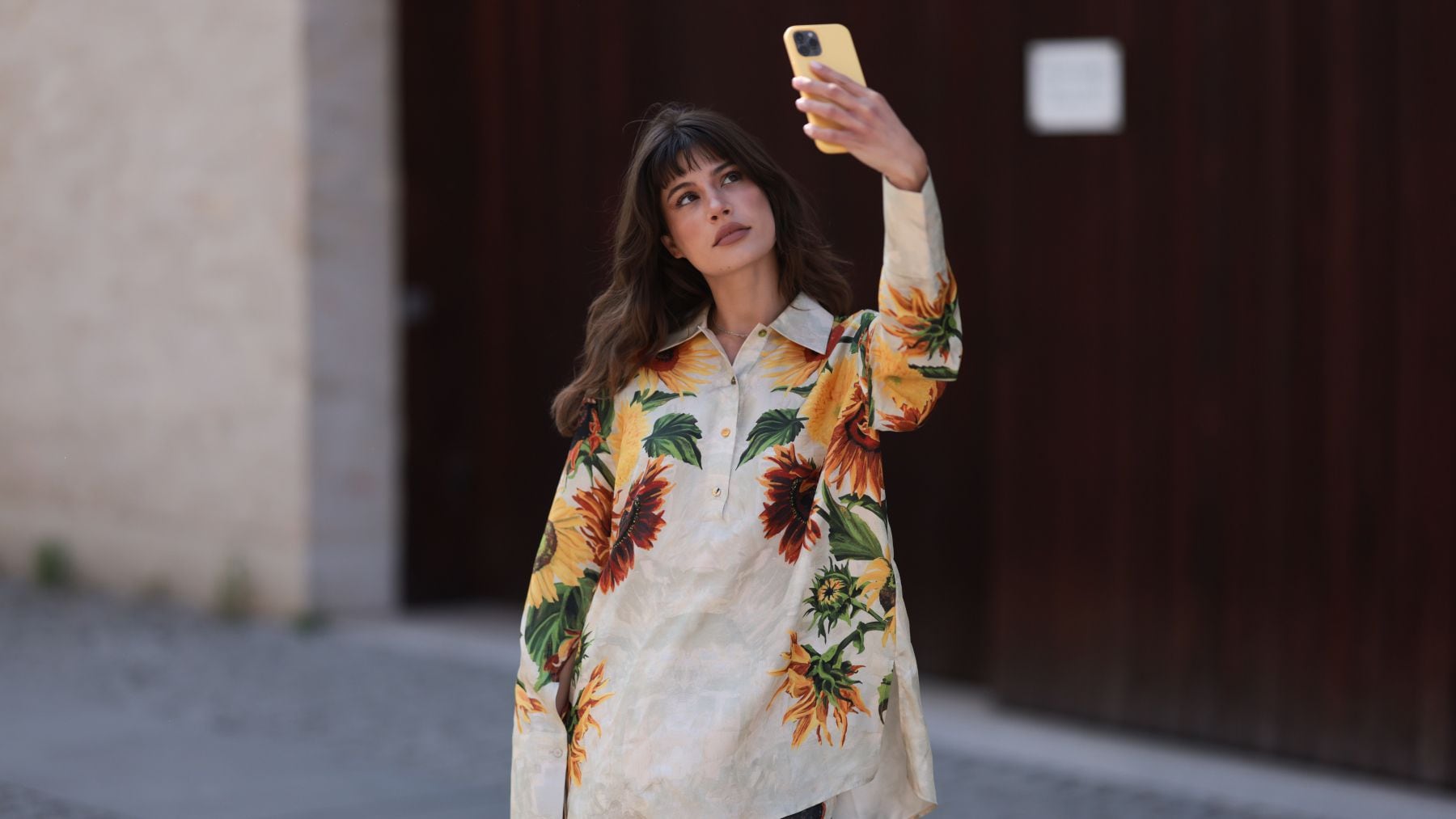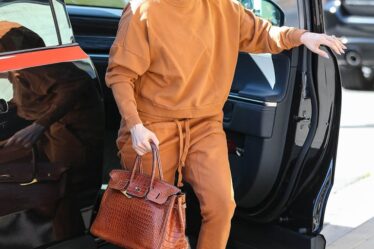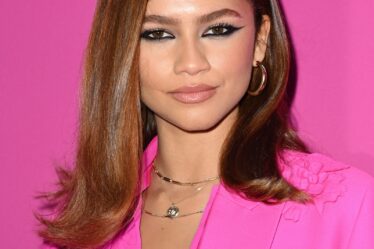
Public relations has gone from a behind-the-scenes practice to content fodder.
Scroll TikTok after a big celebrity scandal or a botched product launch, and chances are you’ll come across a creator explaining why the bad news broke at 5 p.m. on a Friday (usually the time of week when the fewest people are paying attention), the art of the non-denial denial or the telltale signs of a staged paparazzi shot.
According to Molly McPherson, a crisis communications veteran who lifts the veil on the motivations behind high-profile PR decisions for her 450,000 followers, there’s always been a curiosity that propels people to want to decipher the words and actions of brands and public figures. Before TikTok, there just wasn’t an easy way to get a crash course in communications strategy. Now, creators like McPherson are providing it online.
As consumers get wise to the best tricks, the layer of privacy and protection that traditional PR has long provided has begun to fade. Brands and influencers are rethinking how they market their products and respond to scandals. “Spin” is out, “transparency” is in.
“We’ve had years of publicists using various forms of optics, whether it’s paparazzi or video in lieu of official statements. People are wise to that, they’ve just become smarter over the years,” said McPherson. “If someone isn’t transparent, it’s so blatantly obvious that people can really sniff it out.”
Brands aren’t exactly practising radical honesty at all times. But they’re more careful to at least sound like they’re levelling with their customers. That means showing more of the inner workings of how clothes are made, and crafting a less-curated, unairbrushed image in marketing. And when something does go wrong, better to admit guilt, promise to do better and move on, rather than try to sweep problems under the rug.
Because if users do catch wind of an attempted coverup — or creators like McPherson put them onto some less-than-transparent tactics — the consequences can be instant and devastating. Look at Target, which found itself at the centre of right-wing ire after conservative commentators responded negatively to its Pride Month apparel collection online. The brand backtracked, removing some of the merchandise to appease that audience, which then upset those on the left. By trying to spin the situation to appease one audience, Target ended up losing both, because the pivot felt disingenuous — the kiss of death in the world of TikTok PR commentary.
“TikTok is a super powerful, high reward tool for brands … but there is also high risk in viral exposure,” said Allison Katz, president at public relations agency The Krupp Group. “Brands need to make sure they are able to stand by the claims that they’re making. It’s really important for [PRs] to hone the messaging and hold brands accountable for what they’re selling.”
Scepticism and Savvy
Influencers were some of the first to show consumers how the PR sausage is made. Pre-Instagram, fashion editors had closets full of gifted clothes and accessories, but rarely talked to strangers about it. Now, internet personalities candidly share their “PR hauls” in get ready with me videos and post-event Stories and TikToks.
But while that content will get a brand’s products in front of a consumer, it also lays bare the transactional relationship. Is that influencer wearing that dress because they love it, or they loved getting it for free?
“The average consumer definitely knows more about how products are being placed in front of them, so it’s harder now for brands to reach their consumer or in an organic way,” said Janie Karas, the co-founder and managing director of Gen-Z-focussed influencer agency 28 Row. “This generation of social media users can smell an ad from a mile away.”
Journalists and seasoned professionals like McPherson take it a step further, diving into the thought process and likely motivations behind celebrity PR moves, such as actress Sophie Turner’s decision to employ a “quiet PR strategy” in the wake of the announcement of her divorce from Joe Jonas. Then there’s the army of internet sleuths with homegrown investigative skills and the ability to instantly publicise their findings. When Balenciaga was facing a slew of negative attention in late 2022 when critics accused the luxury label of sexualising children in an ad campaign, its woes were made worse when users online discovered that stray papers pictured in the shoot were actually printouts of a legal document from a US Supreme Court decision on child pornography laws.
“If someone isn’t transparent, it’s so blatantly obvious that people can really sniff it out.”
Still, there’s plenty of TikTok personalities whose videos “decode” communications strategies without formal experience in PR. And while some have developed an understanding of the space, other users will “make judgments without necessarily being aware of all of the levers that are being pulled,” said Maura Brannigan, head of content at public relations firm Jennifer Bett Communications, leading to inaccurate accusations. To combat that reality, brands should be straightforward and build that trust with consumers directly, leaving less room for social media sleuths to pick them apart.
And if your brand makes a mistake, own it, don’t try to hide it.
“The way to eliminate and diminish that type of backlash is to become comfortable with vulnerability,” said McPherson. “Vulnerability is perceived to be an exposure to weakness, but it’s actually an exposure to truth. It makes people understand and empathise with you better, and then, they’re less likely to destroy you.”
For example, when Gucci received backlash for selling a sweater that people online claimed made the wearer look like they were in Blackface, the brand apologised and immediately stopped selling the sweater, and in doing so, avoided lasting brand damage. By contrast, Dolce & Gabbana is still recovering from a 2018 controversy over a campaign that was criticised as racist to Chinese people after private messages from co-founder Stefano Gabbana defending the campaign were leaked.
Tell the Truth
Authenticity may be a marketing buzzword, but there’s a reason for its omnipresence: Consumers care more about transparency — and they can tell when a brand isn’t. PR has evolved to be less about creating spin and more about figuring out how to craft an honest message, according to McPherson.
“Denial is next to impossible to get through unscathed,” said McPherson. “Now, everybody can investigate, and someone will find you out. Even if they don’t have the proof, they’re going to comment about why they think that you’re not telling the truth.’”
Shein’s influencer trip debacle earlier this year is an example: The brand flew a group of influencers to tour one of its factories in Guangzhou, China, in hopes of quieting chatter that the brand uses less-than-ethical manufacturing processes. But consumers didn’t buy the claims because there have been numerous reports of labour abuses at Shein. Ultimately, the trip not only didn’t help the brand achieve its original goal, but may have created further consumer distrust.
Some brands are using TikTokkers’ willingness to offer opinions on their activities to their advantage. Activewear brand Halara, for example, uses TikTok as a tool to ask customers about design choices and preferences. Halara’s global brand president Gabby Hirata said that the company is able to use the platform to “almost reverse engineer Halara’s identity,” where it begins with the customer and trickles up to the brand, rather than the other way around.
Now, people want to be a part of the dialogue around their favourite brands, and they don’t need permission to do so. With just a few taps on their phone, any average social media user can essentially become a brand ambassador, whether brands want them to be or not.
Just look at Djerf Avenue, the apparel brand from Swedish influencer Matilda Djerf, which came under fire last month for removing videos that discussed “dupes” of the brand’s products. Creators who had their videos taken down spoke out, arguing that they had claimed in their videos that the dupes didn’t measure up — and were upset that the brand would take such action against small creators. Some even shared the emails the brand’s legal team sent them on TikTok. In doing this, Djerf Avenue created a viral swarm that was arguably more damaging than the original videos were. (The brand said that it has instructed its intellectual property firm to stop reporting individual accounts and focus on third-party sellers of “dupe” items.)
Rather than try to quiet the chatter, experts say, brands should understand its inevitable — and work with consumers to guide the conversation, rather than attempt to control it.
“You need to trust your consumer base, and if they are providing you with criticism in any form, whether you deem it valid or not, they’re still your customer, and it’s incredibly important to listen to them,” said Brannigan.



